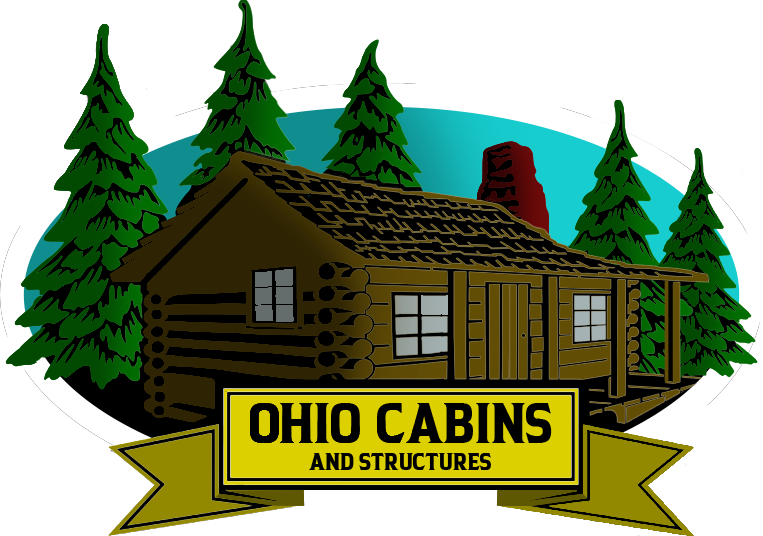The idea of living small has gained massive popularity over the past decade. Tiny houses promise lower expenses, simple living, and a smaller environmental footprint. But before diving into the lifestyle, every potential homeowner asks one question: how much does a tiny house cost? The answer depends on size, materials, location, and whether you plan to build it yourself or hire professionals. Understanding the full range of costs helps set realistic expectations and ensures your dream home fits both your budget and lifestyle.
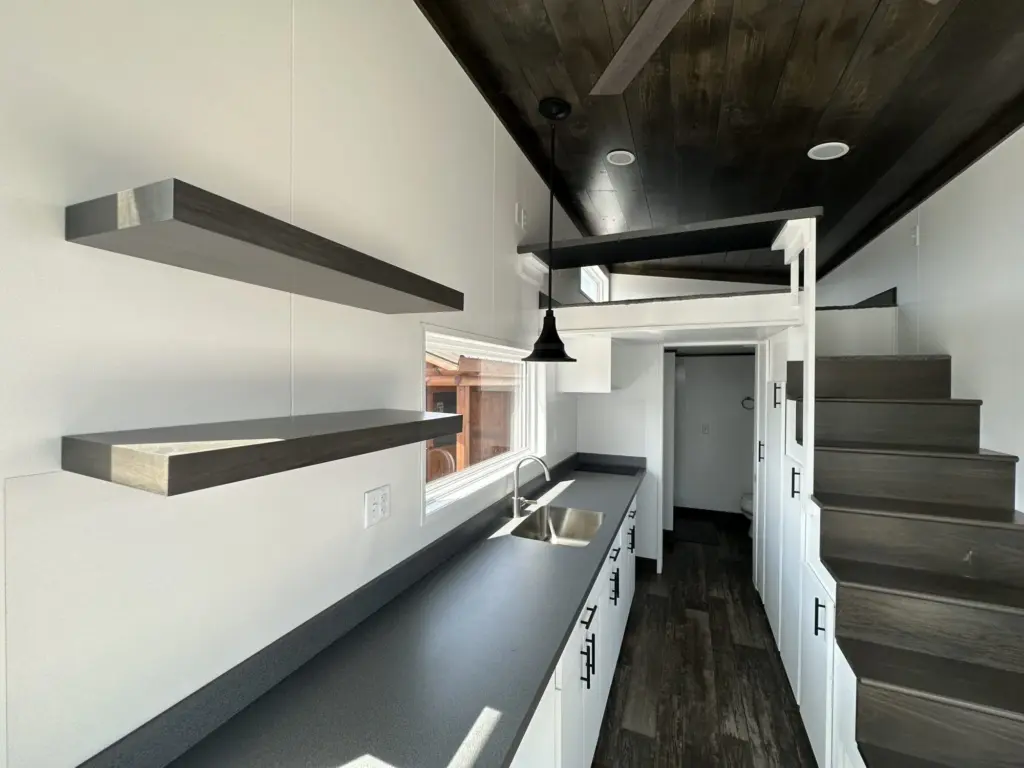
Average Cost of a Tiny House
The average cost of a tiny house ranges from $30,000 to $80,000. Smaller, simpler builds may cost as little as $20,000, while professionally built luxury models can exceed $100,000. According to Forbes Home, most people spend about $60,000 for a comfortable and durable design. While this may seem like a lot for a small space, it’s a fraction of the cost of traditional homes, which often exceed $300,000. Tiny houses allow you to own property without long-term debt or the burden of a large mortgage.
Cost Factors That Matter Most
Every tiny house is unique, but certain elements influence price more than others. Materials, labor, design complexity, and location each play a role in determining total cost. Custom layouts with high-end materials cost more, while prefabricated or kit-style homes can save thousands. Location also affects expenses, building in a city with higher labor costs and strict permits will always cost more than building in a rural area. Understanding these factors makes it easier to plan a realistic budget and prioritize where to spend or save.
DIY vs. Professional Build
Building a tiny house yourself is the most cost-effective route, but it requires time and skill. DIY projects typically cost between $20,000 and $45,000. Many owners choose this option to save money and customize every detail. However, a professional builder offers expertise, faster turnaround, and code compliance. Hiring professionals can bring total costs to $50,000–$100,000, depending on design and features. While it’s more expensive upfront, professional builds ensure long-term durability and safety, especially for homeowners with limited construction experience.
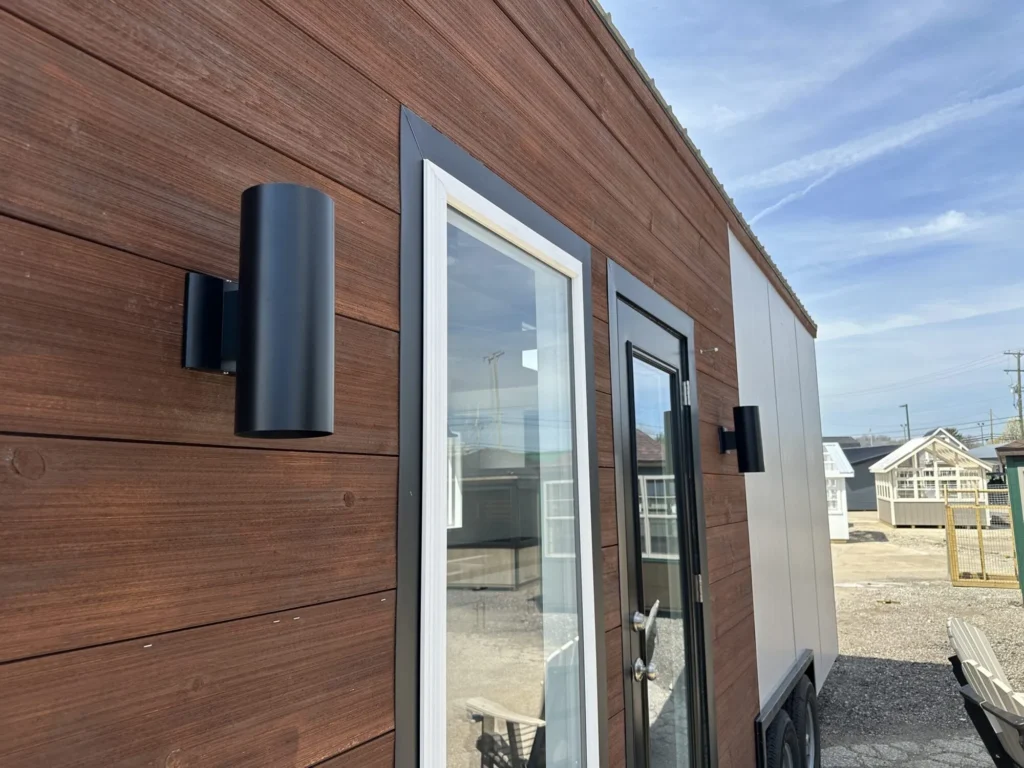
Size and Square Footage
The size of your tiny home is the single biggest cost driver. Most tiny houses range from 150 to 400 square feet. A 150-square-foot home may cost $25,000–$40,000, while a 400-square-foot version might cost $75,000–$100,000. Building costs often increase by about $150–$300 per square foot, depending on materials and complexity. While going bigger offers more living space, it also requires more insulation, wiring, plumbing, and finishes, all of which add to the price. The goal is to design a home that balances comfort and affordability.
Foundation or Wheels: A Major Cost Decision
Tiny homes come in two main types: on wheels or on permanent foundations. A home on wheels (THOW) is more flexible and often cheaper, averaging $30,000–$70,000. It avoids land costs if parked legally. Foundation-built tiny houses offer permanence and better insulation but cost more, often starting around $50,000. Foundations also involve additional costs for permits, land preparation, and utilities. Your choice depends on whether you want mobility or a fixed location, but both can be designed for comfort and efficiency.
Material Choices and Their Impact
Materials influence not just aesthetics but also overall durability and cost. Builders commonly use wood framing for affordability, though steel frames add strength at a higher price. Siding options like vinyl, cedar, or metal affect both maintenance and long-term value. Energy-efficient windows and insulation add upfront cost but lower energy bills over time. Sustainable materials such as reclaimed wood or recycled metal panels appeal to eco-conscious homeowners and may qualify for local energy incentives. Choosing wisely here helps balance upfront costs and ongoing savings.
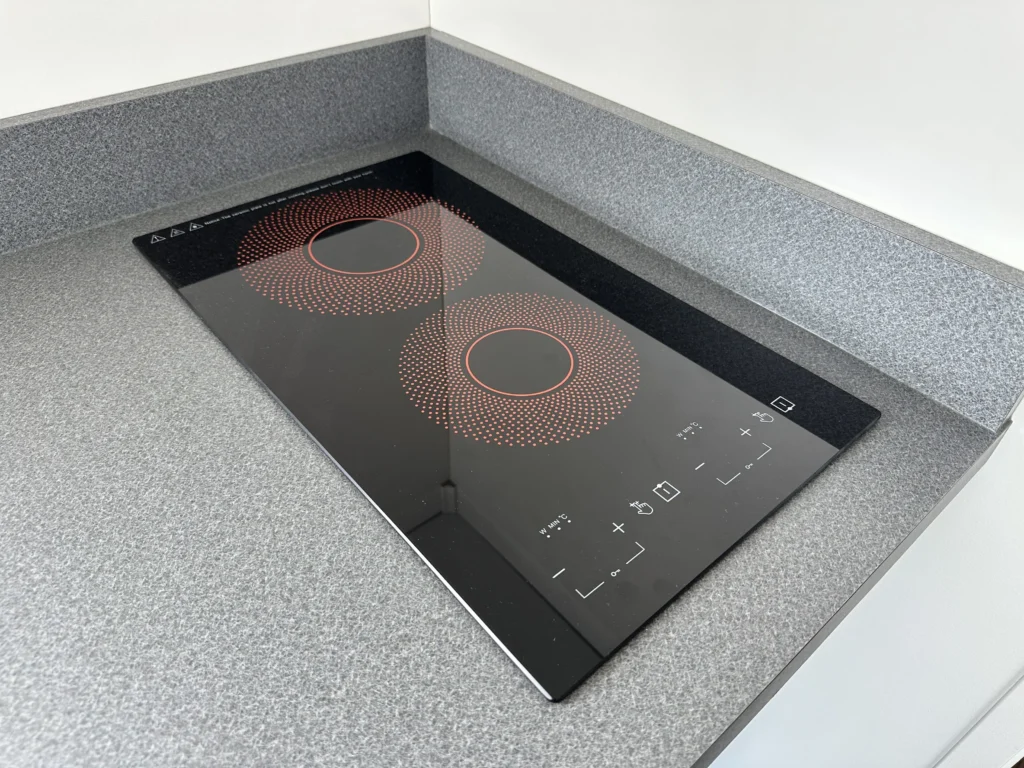
Interior and Custom Features
Interior finishes dramatically affect total spending. A minimalist interior with basic finishes may cost $5,000–$10,000. Add modern appliances, built-in cabinetry, and premium materials, and the price can climb quickly. Custom storage solutions, loft spaces, or high-end fixtures can easily add $10,000–$20,000. Many homeowners invest more inside because tiny living requires smart design. Efficient use of space and quality materials make daily life more comfortable and durable, even in smaller homes.
Permitting and Legal Costs
Legal compliance adds costs many builders overlook. Some areas classify tiny homes as accessory dwelling units (ADUs), while others treat them as mobile dwellings. Permits for plumbing, electrical work, and zoning can cost anywhere from $1,000 to $5,000. These costs vary widely by location, so checking with your local building department before construction is essential. For more insight into safety and regulatory considerations, read our article on are tiny homes safe to learn how standards protect both builders and residents.
Land and Site Preparation
Even if your tiny home sits on wheels, you’ll likely need land to place it. Land prices range from a few thousand dollars in rural areas to tens of thousands in desirable locations. Preparing a site for utilities, septic, or concrete pads adds another $5,000–$15,000. Some homeowners lease space in tiny home communities, which charge monthly lot fees instead of requiring ownership. While leasing saves upfront money, it’s an ongoing expense that affects long-term cost calculations.
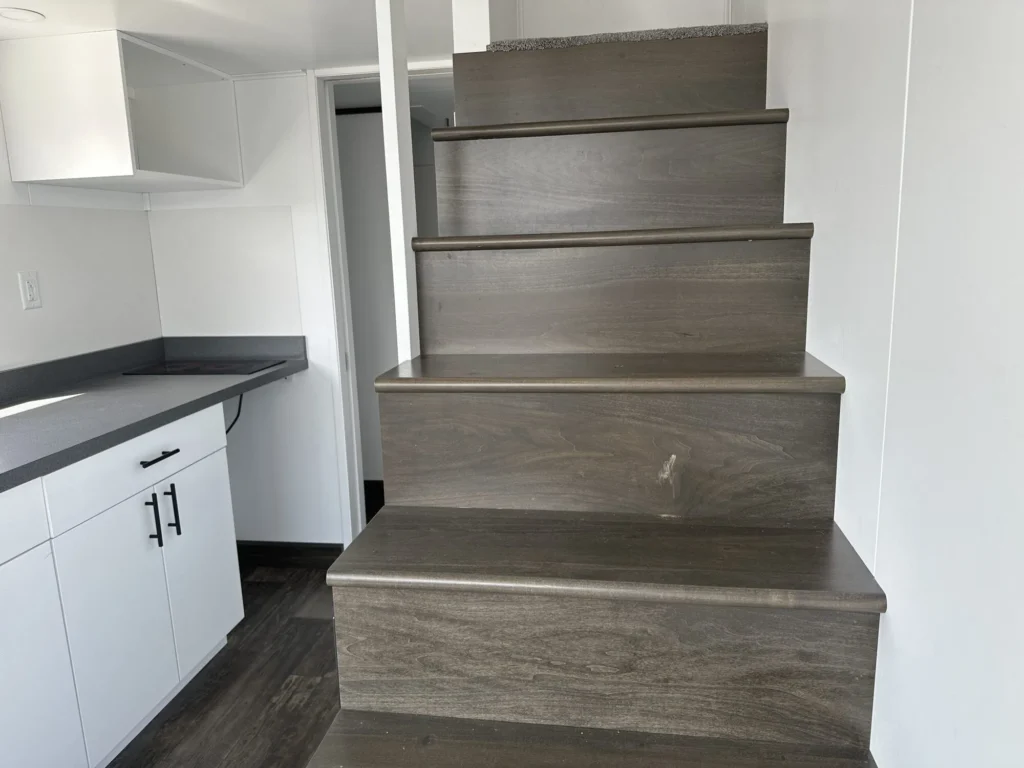
Utility and Off-Grid Systems
Adding solar panels, composting toilets, and water collection systems allows for off-grid living but increases initial costs. Solar installations run between $5,000 and $15,000, depending on capacity. Composting toilets range from $800 to $2,000. Water filtration or greywater recycling adds more. These systems pay off over time by reducing utility bills, but they’re important to include when estimating total cost. For those connected to city utilities, installation costs are lower but monthly expenses continue.
Maintenance and Long-Term Value
Maintaining a tiny house costs much less than maintaining a traditional home, but it still requires budgeting. Annual upkeep like painting, roof repairs, and appliance maintenance averages around $500–$1,000. Insurance costs depend on whether your home is mobile or stationary. Well-built tiny homes retain their value for years, especially if designed with quality materials. Some even appreciate when placed in desirable locations or used as rental properties.
Financing Options
Financing a tiny home can be more challenging than financing a standard house, but it’s possible. Personal loans, RV loans, and builder financing are common options. Interest rates vary depending on credit and whether the home is on wheels or a foundation. Some homeowners use savings to avoid monthly payments altogether. Although few traditional mortgages cover tiny homes, the lower total cost often makes them attainable without long-term debt.
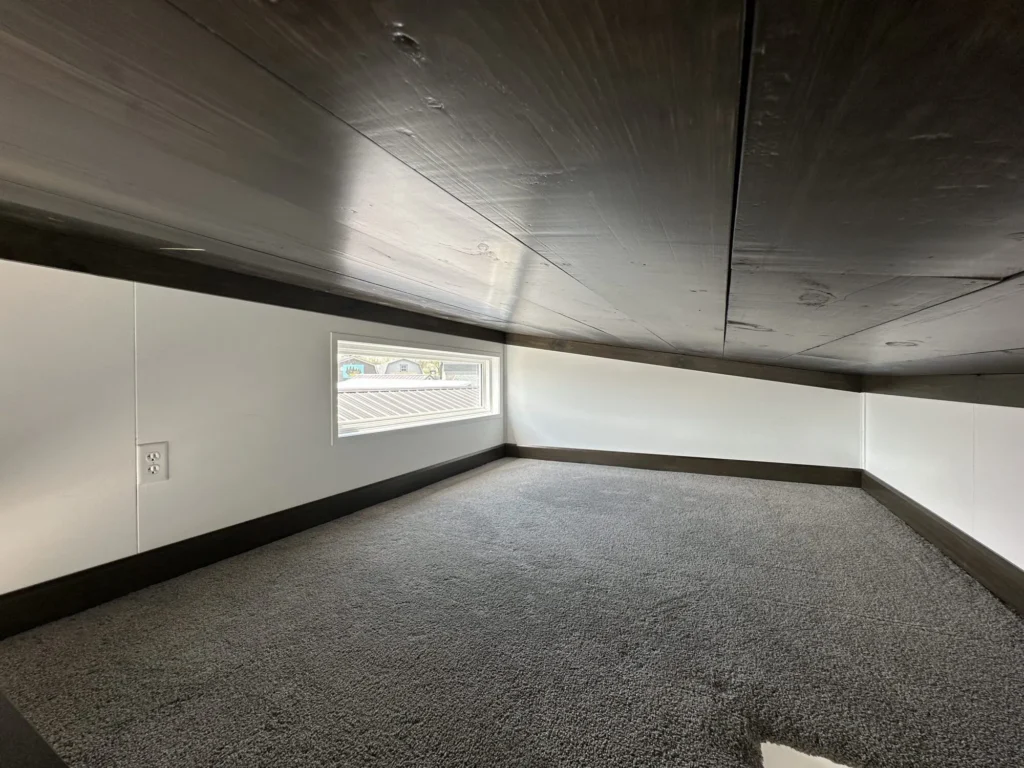
Conclusion
So, how much does a tiny house cost? The typical price falls between $30,000 and $80,000, depending on design, materials, and location. While costs can rise for custom or luxury models, they remain far lower than traditional homes. With careful planning, tiny living offers freedom from debt, reduced environmental impact, and the chance to live more intentionally. Whether built by hand or through a professional, a tiny house can be both affordable and deeply rewarding.
To explore customizable prefab and modular structures, visit Ohio Cabins and Structures. If you’re ready to start planning your own build or request pricing, reach out through our contact page to connect with our experts today.
